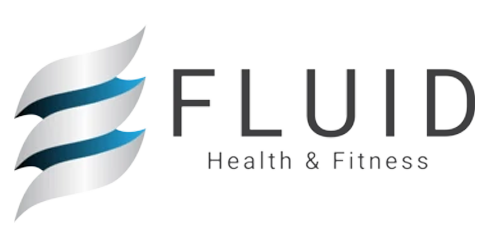
Apr 30 , 2021
0 Comments
Metabolic Expression and Exercise | Glycolysis
Glycolysis
It’s not magic, it's scientific! A look at how our body turns the food we eat into usable energy.
Glycolysis Overview:
Glycolysis is the first part of the process called cellular respiration. Cellular respiration in its entirety is a combination of reactions involved in carbohydrate catabolism, or the breakdown of Glucose molecules which is eventually converted into usable energy in the form of ATP. In Glycolysis, through a series of chemical reactions, the beginning molecule of Glucose is converted into Pyruvate. Throughout this process 2 ATP (energy molecules) are used in the beginning, however 4 ATP and 2 NADH are produced by the end of the series. While the 4 ATP molecules can be used immediately for energy needs, the 2 NADH molecules are either used in another reaction or are transported further down the cellular respiration line to contribute to the production of more ATP.
What happens next:
The end-product of Glycolysis, the Pyruvate molecule, can be used in both anaerobic respiration and aerobic respiration. Anaerobic respiration happens when there is no oxygen available. This process is not as efficient and does not produce as much energy as aerobic respiration, however it is still important for when oxygen is low: hardworking muscles cells can exhaust their oxygen supply, they then switch to an anaerobic pathway to lactic acid to provide ATP for function. Aerobic respiration happens when there is oxygen available. This process is much more efficient than any anaerobic pathway. The product of Glycolysis, Pyruvate, is used in the TCA (Krebs) cycle to produce more ATP (energy) and more NADH and FADH2. The NADH and FADH2 products from both Glycolysis and TCA cycle are transported to the Electron Transport Chain (ETC) where they are used to produce even more ATP. Although many tissues in the body can use both fat and protein as energy sources, because Glycolysis and Aerobic Respiration are so efficient, many tissues prefer or can only use glucose as an energy source. The brain and red blood cells are two examples of cells and tissues that can only use glucose for energy.
Why is it important:
Because efficient energy production is essential for living a healthy and productive life, adequate consumption of complex carbohydrates is necessary. It is important to understand how our body produces energy, so that we can know how to adequately supply it with the proper starting products. We want to make sure our bodies and all its systems are functioning optimally. This will help make goals more attainable from weight loss to having more energy to improving blood pressure or glucose numbers. To review the amount of carbohydrates that you should be consuming daily to adequately supply your body with needed glucose, refer to topic 6 in the 52-week outline – Carbohydrates.
Goals
- Be Aware:
- As in previous weeks, being aware is always the first step to making changes. Review this week’s presentation and write-up.
- Review this presentation again to make sure you have a base understanding of the role of glycolysis in metabolism and glucose regulation.
- Also, review the information from week 6 on carbohydrates and note how to figure out what is the recommended amount of carbohydrate intake for you.
- Take Note:
- .Continue your food journal from previous weeks. Complete for at least 3-4 days, but is best if you can complete for an entire week.
- Make sure to include everything that you are eating and drinking and the amounts/portion sizes.
- Also note not just the amount of carbohydrate intake, but also the type and timing.
- Take Action:
- .Alter: If you notice an imbalance in your carbohydrate intake, whether it is in the type, the timing or the amount, make a note of it.
- Pick one thing to work on:
- .Alter: If you notice an imbalance in your carbohydrate intake, whether it is in the type, the timing or the amount, make a note of it.
- Adding more complex carbohydrates
- Measuring out your carbohydrate portions at each meal
- Limiting your processed sugar or simple carb intake
- Making sure you are spreading carbohydrate intake out throughout the day
- Consult: If you are having trouble identifying patterns, including or eliminating certain foods, picking out culprits of dietary imbalance or just want more guidance in your diet patterns, consult a registered dietitian.



